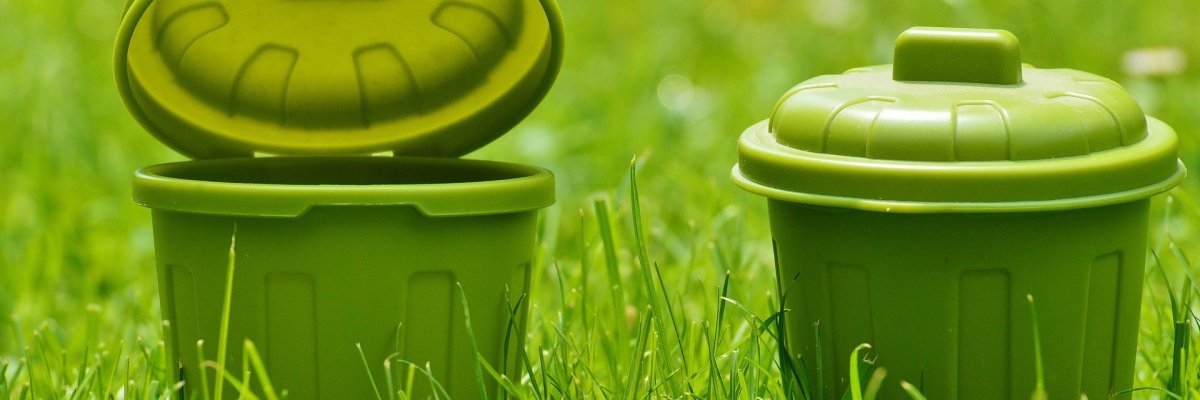The organic waste bin
The organic waste bin
Most of the waste in the Waldeck-Frankenberg district is biowaste. Annually, over 30,000 tonnes of biowaste accumulates in the green or brown bins. In addition, there are about 5,000 tonnes of tree and branch cuttings. Large quantities of compost and energy wood are produced from the biowaste each year. However, the revenues only marginally cover the costs of processing.
What is biowaste actually?
Pure biowaste is defined as organic waste of animal and plant origin that is biodegradable, i.e. compostable.
What can be put in the organic waste bin?
The following waste belongs in the organic waste bin:
- Garden waste (tree cuttings and bark, flowers, weeds, lawn cuttings, etc.)
- Food scraps and kitchen waste (vegetable scraps, egg shells, bones, etc.)
- Summer pruning e.g. of hedges
- Leaves and fallen fruit, untreated wood shavings
What must NOT be put in the organic waste bin?
The following waste does NOT belong in the organic waste bin:
- Bin liners (neither plastic nor bio bags!)
- Glass, metal, plastic, textiles
- Nappies, sanitary towels, cotton buds
- Hoover bag, ash
- Cat litter or animal excrement, animal carcasses, furs,
- Slaughterhouse waste
- Flower wire or pots, etc.
- Cigarette filters, sweepings
Important tips
In summer, the bin should be placed in the shade if possible and the amount of liquid in it should be kept low. Grass cuttings should be dried before being put in the bin and organic waste should never be compacted. If there is a problem with vermin, a little lime can help.
In winter, the bin should be placed as frost-free as possible or at least protected from the wind. The bottom should be lined with newspaper. The amount of liquid should also be kept low during the cold season. Prunings from shrubs should be distributed over the winter period and chopped up and placed in the bin.
